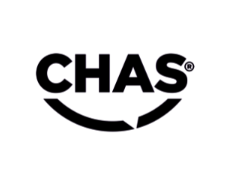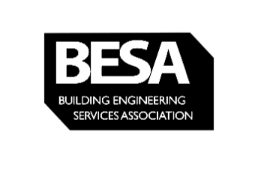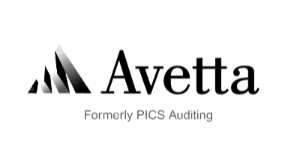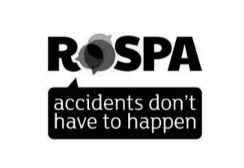phs Group has acquired Citron Hygiene UK - we’re here to support you. Read our customer FAQs and find our contact details here.
Whether in the workplace, in public places or even in your home, you may be confused about the most responsible method for disposing of tampons. While products like sanitary towels are generally reserved for sanitary bins, many women are confused about the best way to dispose of tampons. Can you flush tampons down the toilet, or should they be disposed of elsewhere?
Today, we delve into the implications of flushing tampons and why it's a practice best avoided. At phs, we are not only dedicated to offering solutions for tampon disposal but also committed to addressing period inequality and dispelling common misconceptions surrounding menstrual hygiene.
How significant is the problem of flushing tampons?
phs recently conducted research on how many tampons are flushed in the UK, and the reality is quite startling. More than 2.4 million tampons are flushed down toilets every day in the UK, leading to all kinds of environmental problems. This equates to more than half of tampon users.
Tampons feature a lot of plastic material. From the packaging to the applicators to the composition of the tampons themselves, flushing them means that significant amounts of plastic end up flushed down toilets, making its way into sewers, waterways and of course, beaches.
Flushing tampons contributes to more than 300,000 sewer blockages every year, at a repair cost of £100m. And with 4.8 pieces of menstrual waste being found per 100m of beach cleaned, tampon waste is having a detrimental effect on the environment.
Why are tampons flushed?
Our research found that tampons are flushed for a variety of reasons. One of the most troubling is linked to "period shame," where individuals, particularly women, feel the need to conceal the fact that they are menstruating. In our report, 41% of individuals admitted to flushing tampons because of a desire to hide their period, with 24% admitting to doing so because it's deemed 'less embarrassing.'
More than half of women do not know that tampons shouldn’t be flushed, but those who do know continue to do so anyway. Other reasons for flushing include a lack of sanitary bins, bins that are full and due to not having a bathroom bin at home. Some are also more likely to flush tampons due to hygiene reasons.
Most of these reasons mean that tampon flushing is preventable, and better awareness, education and disposal facilities could go a long way towards combatting the issue.
What can be done to stop flushing?
There are many solutions that can be put in place to help stop tampon flushing, and a collective effort from businesses, organisations and individuals can help raise better awareness and ensure fewer tampons end up in our sewerage systems. Some measures to consider include:
Dedicated disposal bins
Invest in sanitary bins designed explicitly for the safe disposal of tampons, and ensure they are clearly labelled. At phs, we offer multiple secure and discreet solutions to ensure proper and safe disposal without environmental harm. From the FabLittleBag to discreet sanitary bins, we have a range of sanitary bin services and products that can help maintain clean and hygienic bathrooms, while ensuring users can dispose of period products confidently.
In addition, up to 95% of our customers hygiene waste we collect, is diverted away from landfill and taken to energy from waste facilties, where it is turned into energy to power homes, hospitals and even schools.
Tackling period shame and education
phs not only provides sanitary disposal products, but advocates for addressing period shame and dispelling misinformation. By raising awareness and providing education, we aim to empower individuals to make informed choices regarding menstrual hygiene. We’ve even launched our own podcast, The Blobcast, to help free the period and encourage positive conversations about menstruation and everything that comes with it. We also have a range of resources and learning packs to help provide further education around period care and wellbeing.
Clear signage and information
If you provide sanitary bins in the workplace, you should ensure there is clear signage and information to help educate users on how to use them properly. This can make a big difference, educating those who are unaware that they shouldn’t flush tampons, while encouraging those that do know to think twice about flushing.
Eco-friendly alternatives
Whether you’re a user yourself or someone who provides sanitary bins services, you can explore environmentally friendly menstrual products, such as menstrual cups, reusable cloth pads, and organic tampons. These alternatives minimise waste and contribute to a more sustainable approach to feminine hygiene. Encouraging the use of alternatives can make a big difference in how much waste ends up in our sewerage systems.
In short, flushing tampons isn’t something you should do. They can cause many problems for the environment, as well as costly sewer blockages. The problem of tampon waste is significant, but there are different ways to combat it. Your business or organisation can provide the facilities and resources to make responsible choices for disposing of tampons.
Explore phs’ full range of washroom hygiene services and together, let’s help promote responsible disposal habits to help reduce the impact of tampon flushing.

































